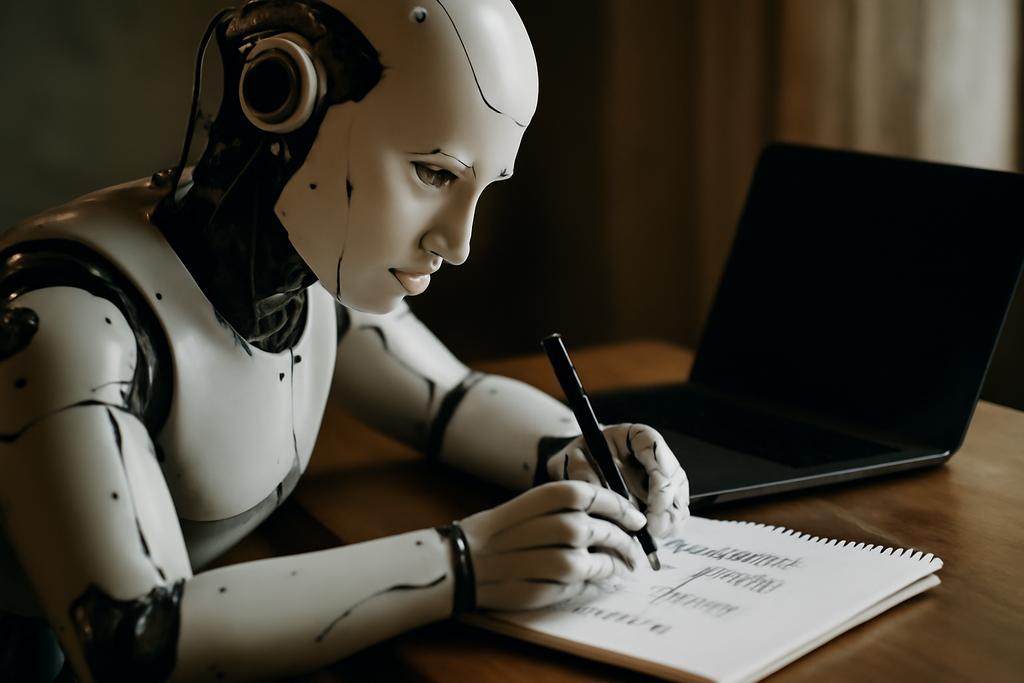In the ever-evolving landscape of artificial intelligence, the latest breakthrough comes not from teaching machines new tricks, but from empowering them to rethink how they solve problems. Researchers from Tsinghua University, StepFun, University of Toronto, Peking University, and other institutions have unveiled SE-Agent, a novel AI framework that lets language-model-powered agents self-evolve their reasoning strategies by iteratively rewriting their own problem-solving trajectories.
At first glance, this might sound like a sci-fi plot: an AI that learns to improve itself by reflecting on its past attempts. But SE-Agent is grounded in a very practical challenge faced by today’s AI assistants, especially those tackling complex, multi-step tasks like debugging code or planning multi-stage operations.
Why Multi-Step Reasoning Is a Puzzle for AI
Large Language Models (LLMs) like GPT-4 or Claude have dazzled us with their ability to generate text, answer questions, and even write code. Yet, when it comes to solving complicated problems that require a sequence of decisions—think fixing a tricky bug in a sprawling software project—these models often stumble. They generate a chain of reasoning steps, or what researchers call a trajectory, but these trajectories tend to be repetitive, narrowly focused, and sometimes get stuck in local dead ends.
Traditional approaches to improve this involve sampling many trajectories and picking the best one, or using methods like Monte Carlo Tree Search (MCTS) to balance exploring new paths and exploiting known good ones. But these methods treat each trajectory as an isolated attempt, ignoring the rich interplay between different solution paths. This leads to a frustrating scenario: despite trying multiple routes, the AI ends up circling around similar ideas, missing out on truly novel solutions.
SE-Agent’s Self-Evolution: A New Way to Think About Thinking
Enter SE-Agent, developed by Jiaye Lin, Yifu Guo, and colleagues. Instead of generating many isolated attempts and choosing the best, SE-Agent treats the entire set of trajectories as a living ecosystem that can evolve. Inspired by evolutionary biology and genetic algorithms, it applies three key operations to its problem-solving paths:
- Revision: The agent reflects on each trajectory, identifying weak spots or missed opportunities, then revises the reasoning steps to improve them.
- Recombination: It combines the best parts of different trajectories, mixing and matching strategies to create hybrid solutions that inherit strengths from multiple attempts.
- Refinement: Finally, it polishes these new trajectories by removing redundancies and optimizing efficiency.
This iterative process allows the agent to escape the trap of local optima—those comfortable but suboptimal solutions—and explore a much broader landscape of possibilities. It’s like a chess player who not only studies individual games but also learns to blend tactics from multiple matches to invent new strategies.
Real-World Impact: Fixing Bugs Smarter and Faster
The team tested SE-Agent on SWE-bench Verified, a challenging benchmark consisting of 500 real-world GitHub issues requiring functional bug fixes. The results were striking: SE-Agent improved the success rate of solving these issues by up to 55% compared to state-of-the-art baselines, including frameworks based on MCTS and other advanced agents.
One illuminating example involved a subtle bug in the popular scikit-learn library. Traditional AI agents kept patching the symptom—tweaking the wrong file repeatedly—without addressing the root cause buried elsewhere in the codebase. SE-Agent, by evolving its reasoning trajectories, discovered a more fundamental fix in a different module, passing all tests and resolving the issue completely. This kind of insight is exactly what makes SE-Agent a leap forward.
Why This Matters Beyond Code
SE-Agent’s approach is not limited to software engineering. Any complex task that requires multi-step reasoning—be it scientific discovery, strategic planning, or even creative writing—could benefit from agents that learn to improve their own thought processes. By treating reasoning trajectories as malleable entities that can be revised, combined, and refined, SE-Agent opens a new frontier where AI systems become more adaptable, robust, and creative.
Moreover, this framework doesn’t rely on ever-larger models or brute-force computation. Instead, it leverages the intelligence already embedded in existing LLMs, guiding them to explore more diverse and effective solution paths. It’s a reminder that sometimes, the smartest move is to learn how to think better, not just think harder.
Looking Ahead: The Dawn of Self-Evolving AI Agents
The SE-Agent team envisions extending this self-evolution paradigm beyond code fixing to areas like reinforcement learning, embodied AI, and iterative search problems. Imagine robots that not only act in the world but continuously refine their own decision-making strategies by learning from past experiences in a structured, evolutionary way.
In a world where AI is increasingly woven into the fabric of daily life, giving machines the ability to self-improve their reasoning could be a game-changer. It’s a step toward AI systems that don’t just follow instructions but grow wiser with every challenge they face—much like we do.
For those curious to dive deeper, the SE-Agent code and demos are openly available on GitHub, inviting the community to explore and build upon this exciting new approach.










